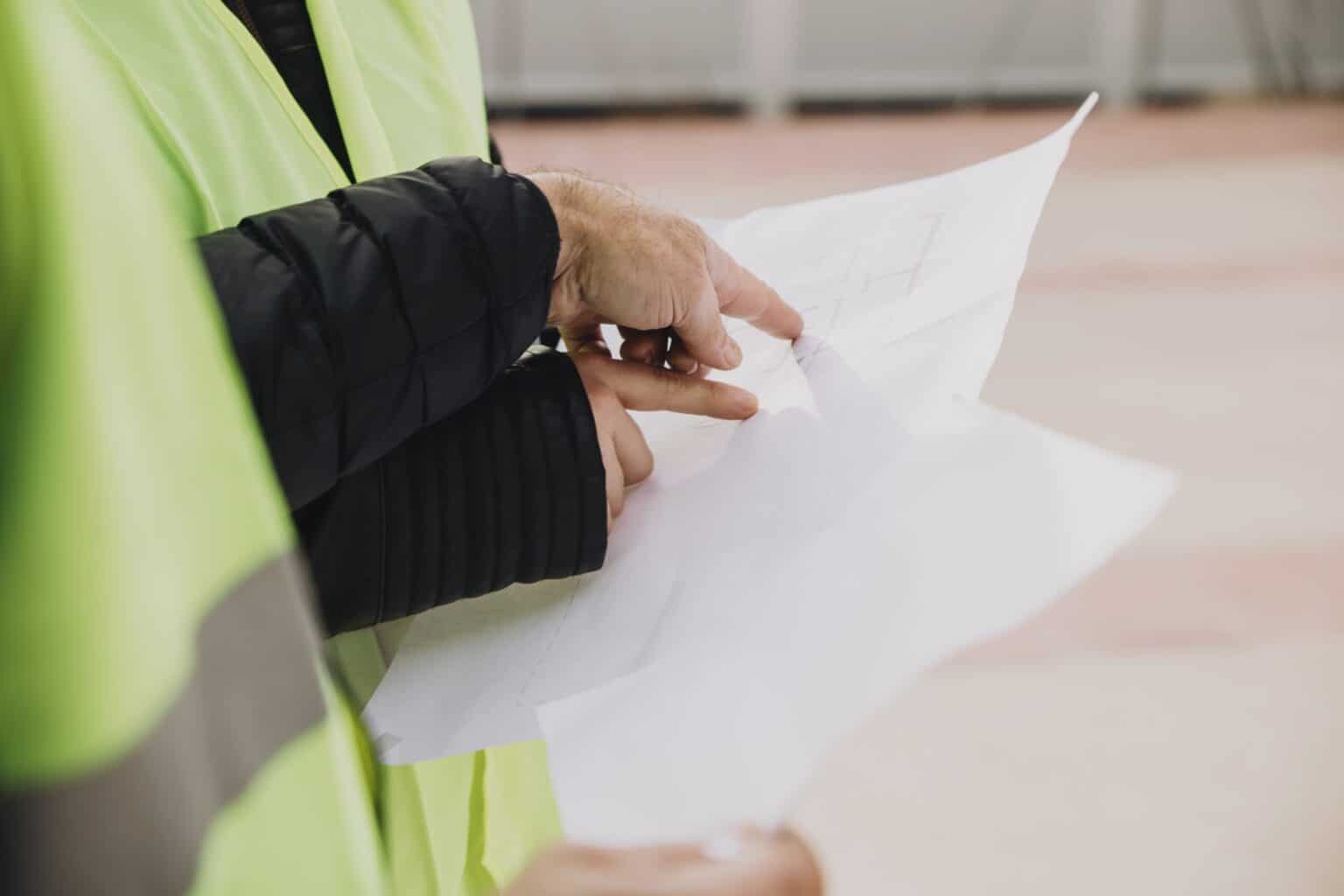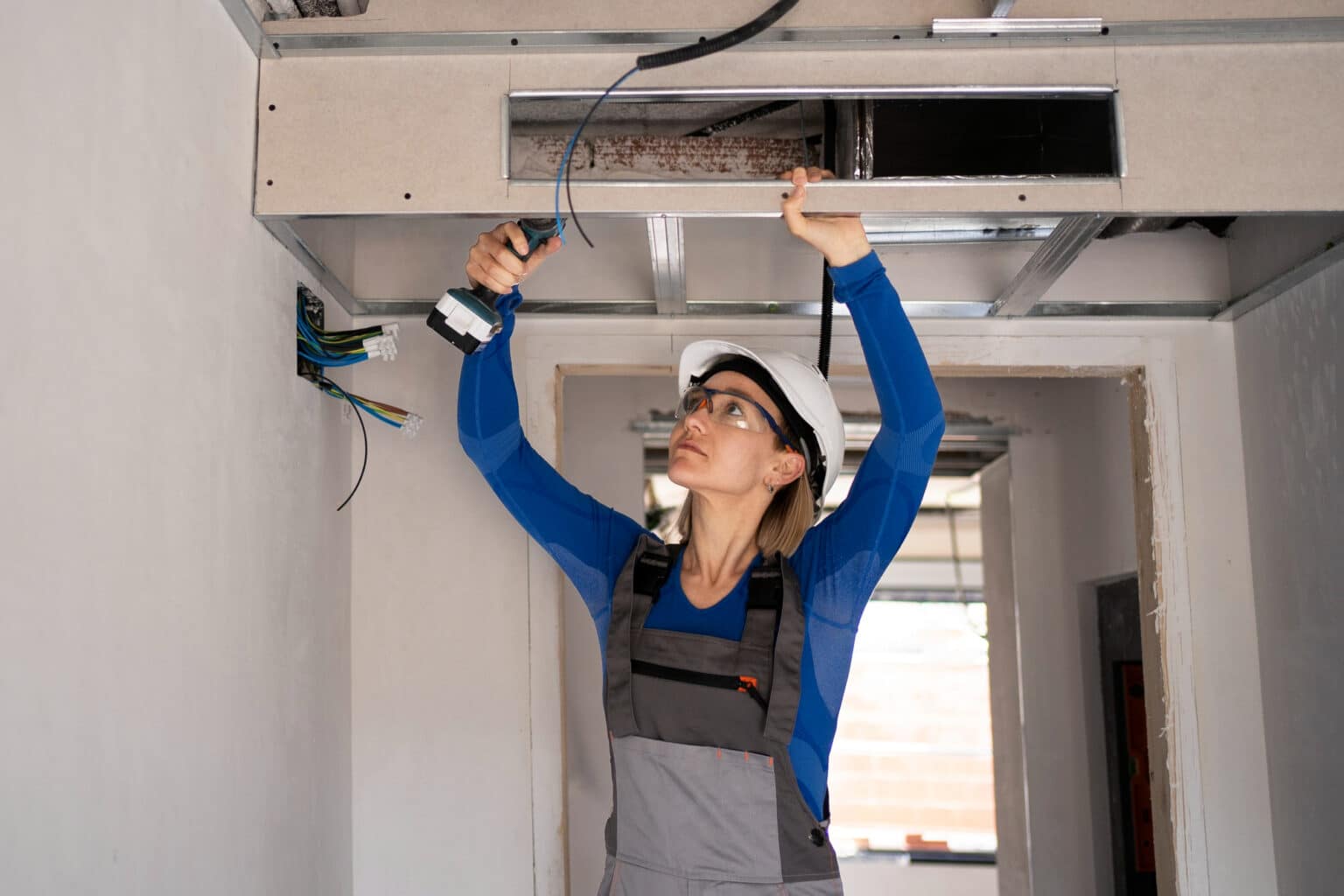The process of pursuing a mechanic’s lien in the construction industry is complicated. There are mandatory forms, deadlines, procedures to follow, and consequences for missing any required tasks. Most may think that once a mechanic’s lien affidavit is recorded with the county clerk’s office – the job is done. However, that’s not the case.
Once a mechanic’s lien is filed, two things can happen. The first – and worst possible outcome – is that the property owner continues to ignore your payment demands, and you have to enforce the lien in court to collect. The second, however, is the most likely outcome. The property owner will be highly motivated to clear the title “cloud” created by the mechanic’s lien, which will result in your payment.
You’re finally paid, now what?
Once payment is finally received, there is more to do before the matter is finished. The contractor is now responsible for releasing the lien. How? It’s time to remove the lien. So, what is a lien release in the construction industry? It’s a state-mandated document that formally clears the property in question from the cloud the mechanic’s lien filing created in the first place. So, basically, the property title is absolved of the debt the lien filing created.
When do you file a lien release?
Once the property owner pays the debt outlined in the mechanic’s lien affidavit, they will likely request a release of the lien. However, the lienholder should only take action if the following criteria are met:

- The payment dispute has been resolved and settled.
- Payment has been issued and received for the claim (note: a partial payment may in some circumstances result in a partial release)
- A lien release is requested by the owner, contractor, or party that made payment
If these circumstances are verified, then it’s time to take the next step.
Why is the lien release important?
Releasing the lien upon request, is critical, as there are financial penalties to discourage lien claimants from failing to remove liens within the mandated time.
Texas Property Code states that the lien release is due for filing with the County Property Records after the claim has been paid and no later than ten (10) days after the written request has been received. In other words, time does not start until the request to release a lien has been sent to the contractor or supplier in writing. Word of advice, though – make sure the payment check clears before signing the release.
It does not matter who prepares and files the lien release with the clerk, as long as the document is signed and notarized by the same person (contractor) who filed the mechanic’s lien.
Important to note.
When preparing the lien release, make sure the lien document number is included. This is the number assigned to the mechanic’s lien (by the county) when it was filed with the County Property Records Office. In addition to this number, you will also need to include the project address and the name/company information of the entity that filed the lien and is now removing.
The mechanic’s lien process, including releasing a lien, may seem like a lot of work. However, if you use a lien filing service, like www.TexasEasyLien.com, the process is actually simple and easy. We do most of the legwork, so all you have to


